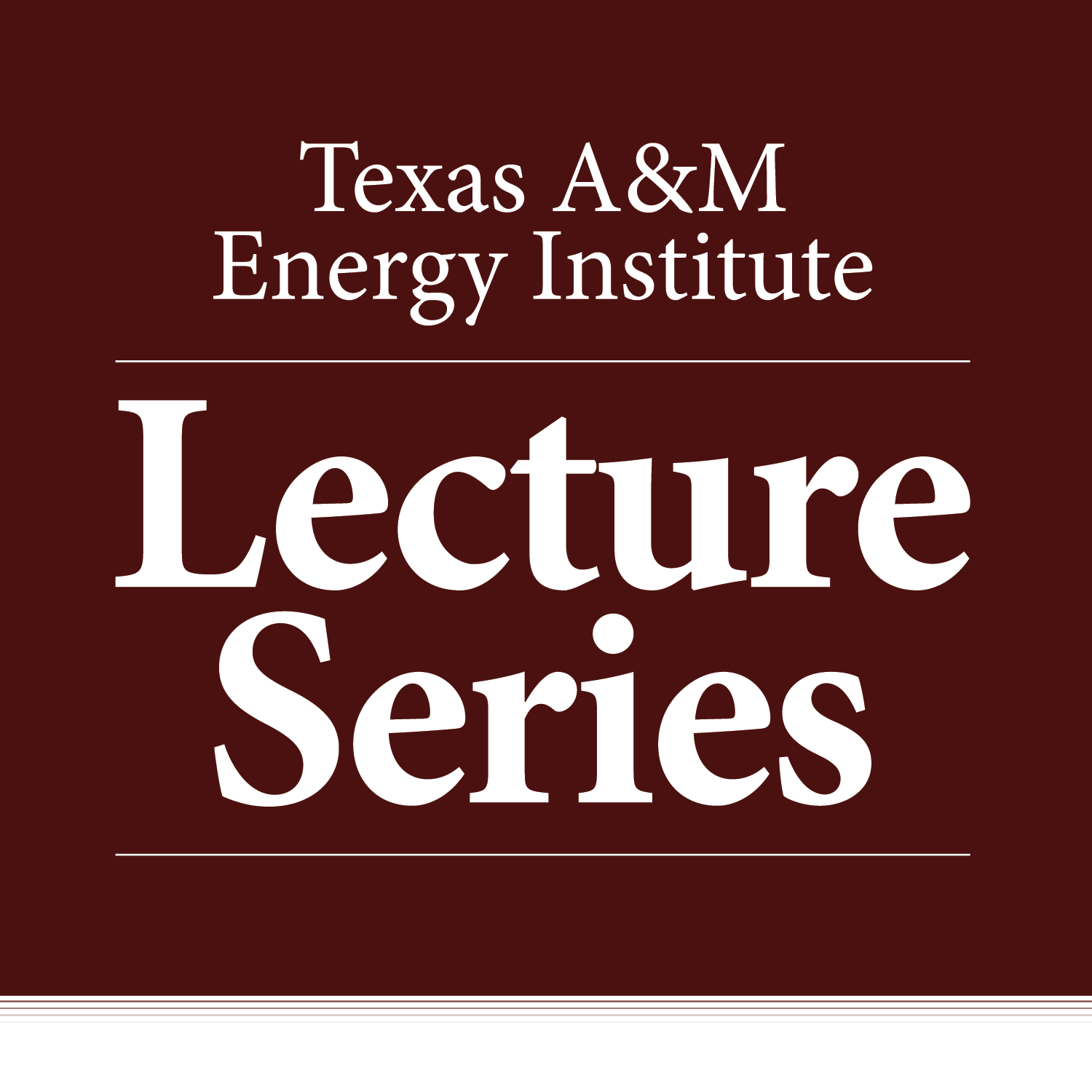
Liquid Jet Disintegration, Spray Formation, and Combustion: A Numerical Approach
The next presentation in the Texas A&M Energy Institute Lecture Series, featuring Dr. Dorrin Jarrahbashi, an Assistant Professor in the Department of Mechanical Engineering at Texas A&M University, will be held on Monday, April 9, 2018 from 10:30 a.m. – 12:00 p.m. in the Frederick E. Giesecke Engineering Research Building (GERB) Third Floor Conference Room. The topic will be “Liquid Jet Disintegration, Spray Formation, and Combustion: A Numerical Approach.”
Biography
Dorrin Jarrahbashi is an Assistant Professor in the Department of Mechanical Engineering at Texas A&M University. She completed her post-doctoral studies at the Georgia Institute of Technology, received her Ph.D. in Mechanical & Aerospace Engineering from the University of California, Irvine, and a Master’s degree from the Sharif University of Technology, Iran.
Her areas of research are computational modeling of energy systems, including reacting and non-reacting multiphase flow and hydraulic behavior of supercritical fluids. Her Ph.D. research was instrumental in changing the views on analyzing the break-up of liquid streams by explaining the physical-temporal cascade of liquid structures of decreasing size through the analysis of the vorticity dynamics. Her postdoctoral studies focused on computational modeling of diesel spray combustion and thermo-physical behavior of supercritical CO2.
Jarrahbashi’s research has appeared in many leading academic journals, including an invited article in a special issue of Physics of Fluids and Journal of Fluid Mechanics featured on the journal cover. She has won several awards including Gallery of Fluid Motion in American Physical Society-Division of Fluid Dynamics (APS-DFD), Society of Women Engineers Fellowship, Phi Beta Kappa International Scholarship, and UC, Irvine Graduate Research Fellowship.
Abstract
The disintegration of liquid fuels and spray formation prior to combustion plays a significant role in predicting the combustion efficiency and emission outcome in diesel engines and liquid rocket propulsion systems. Resolving the detailed behavior of the spray formation process at relevant engine conditions with very high resolutions is a formidable task experimentally and computationally. A novel approach using direct numerical simulation DNS and vorticity dynamics is sought to enable resolving the liquid surface disintegration into smaller liquid structures with an unprecedented resolution. Liquid protrusions such as lobes, holes, bridges, and ligaments, which are the precursors to droplet and spray formations have been captured. Three distinct physical domains of break up were identified for the first time to characterize the effects of engine conditions on droplet size distribution. The second part of this talk focuses on mixing and combustion of diesel sprays after end-of-injection via highly-resolved multidimensional numerical simulations to explore the physics underlying recent experimental observations of combustion recession and validating reduced chemistry mechanisms for diesel fuel surrogates. The significance of low-temperature chemistry in the prediction of combustion recession was identified.
